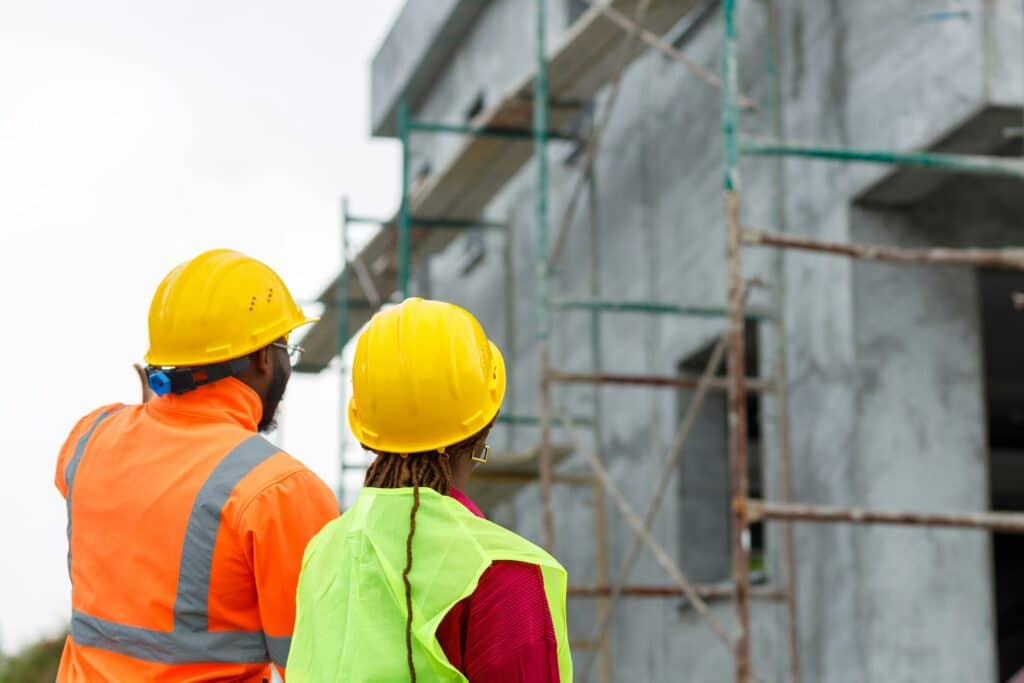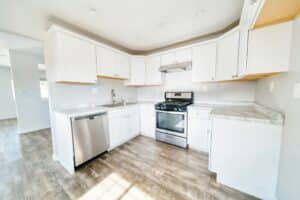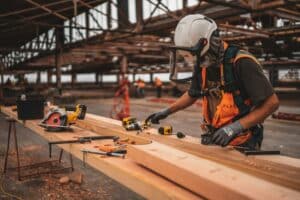Building a home on sloped land in Koh Samui offers breathtaking views and a unique living experience. However, this kind of terrain comes with its own set of challenges. The island’s natural beauty is matched by its tricky topography, which requires careful planning and design to tackle. Sloped sites can lead to issues like unstable soil and tricky drainage, making construction a bit more complicated.
Understanding these challenges is crucial for a successful project. With the right approach, building on a slope can be an opportunity to create a home that blends seamlessly with its environment.
Smart design choices and construction techniques can help you make the most of your sloped land, ensuring your home stands strong and beautiful for years to come. Whether you’re dreaming of a terrace garden or a home that maximizes your view, it all starts with understanding the land beneath your feet.
Understanding the Challenges of Building on Sloped Land
Building on sloped land in Koh Samui presents challenges due to the island’s unique geography. One of the primary concerns is soil stability. Slopes may have loose soil that can become unstable, especially during heavy rain. This instability increases the risk of landslides, which can endanger both the construction process and the finished home.
Drainage is another significant issue. Water tends to flow downhill, so proper drainage systems are essential for transporting water away from the build area. Without effective drainage, water can pool, causing erosion and weakening the soil. This can lead to costly damages and long-term structural problems.
These challenges impact the entire design and construction process. Builders must consider the land’s natural contour when planning. This requires specialized designs that accommodate the slope, potentially increasing both the planning time and costs.
Not to mention, the choice of materials might differ from flat land projects to ensure safety and durability. Proper assessment and planning are critical steps to address these issues before breaking ground.
Designing for Slopes: Best Practices
Designing a home on a slope requires creativity and clever planning. Working with the natural shape of the land helps minimize excavation and disturbance, preserving the environment and reducing costs. One effective approach is terracing, which creates flat areas or steps that can support different parts of the building and landscape.
Split-level homes are another popular design choice. This type of design naturally follows the contour of the slope, providing various levels and interesting living spaces. These homes offer stunning views, making them an aesthetic as well as functional choice.
When designing, it’s important to:
1. Utilize the Natural Slope: Rather than fighting the incline, use it to your advantage in the home design.
2. Create Outdoor Living Spaces: Use terraces or decks to extend living areas into the outdoor space.
3. Incorporate Large Windows: Take advantage of the scenery and natural light, enhancing the home’s appeal.
These design practices not only make the most out of the sloped land but also ensure a blend of beauty and practicality in your construction project.
Essential Construction Techniques for Stability
Building on sloped land in Koh Samui presents several challenges, but with the right construction techniques, you can ensure stability and safety. These methods are crucial to prevent common issues like soil erosion and foundation damage.
Here are key techniques to consider:
- Retaining Walls: These structures are vital for holding back soil and creating level areas. They prevent soil from shifting and help maintain the integrity of your property. Using materials like reinforced concrete or treated timber can enhance durability.
- Proper Drainage Systems: Installing effective drainage systems is essential. French drains, for instance, can divert water away from the foundation, reducing the risk of erosion and water damage.
- Soil Reinforcement: Methods such as using geotextiles or soil nailing can stabilize soil. These methods increase the load-bearing capacity of soil, making it more secure for building.
Each of these techniques plays a role in preventing erosion and structural problems. By incorporating them into your construction plan, you can build a home that stands firm against the natural challenges of sloped terrain. High-quality materials and expert engineering are also integral to these methods, ensuring they perform effectively over time.
Planning for Access and Utilities
Proper planning is crucial when building on sloped land to ensure seamless access and efficient utility services. The unique topography requires special considerations to avoid complications.
Access must be carefully planned. Driveways and walkways should be designed to handle the slope while providing safe and easy navigation. Gradual inclines are preferred to steep slopes to ensure that vehicles and pedestrians can move safely. Consider using switchbacks or winding paths to manage the gradient effectively.
Utilities and services are equally important. Installing water, electricity, and communication lines on sloped land can be more complex than on flat terrain. It’s essential to consider the natural flow of water and gravity when planning these systems. Positioning utilities strategically can prevent potential service disruptions.
Proper planning leads to fewer problems down the road. It’s beneficial to work with architects and engineers who understand the challenges posed by Koh Samui’s landscapes. They can help design systems that integrate seamlessly with the environment, enhancing the overall efficiency and functionality of the home.
Conclusion
Building on sloped land can be a rewarding project that offers stunning views and a unique home environment. However, it also requires careful planning and the use of specialized techniques to address challenges like soil stability and drainage. By focusing on effective design and construction strategies, homeowners can create resilient homes that seamlessly blend with Koh Samui’s beautiful landscape.
Investing in strategic planning for access, utilities, and stability ensures that your property will not only remain safe but also retain its value for years to come. Working with experienced professionals who understand the intricacies of building on sloped terrain can make a significant difference in the success of your project.
If you are considering building a home on sloped land in Koh Samui and want to ensure that your project is done right from the start, reach out to CJ Samui Builders, one of the best construction companies in Koh Samui. Our expertise in handling the unique challenges of the island’s landscape will guide you through the process of creating your dream home, perfectly integrated with its environment!




